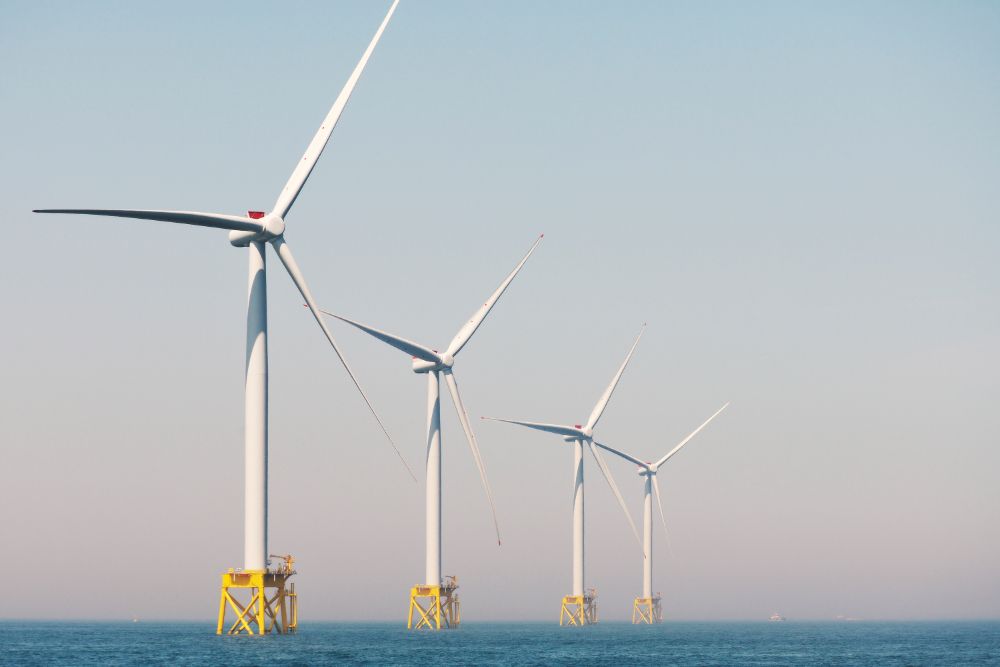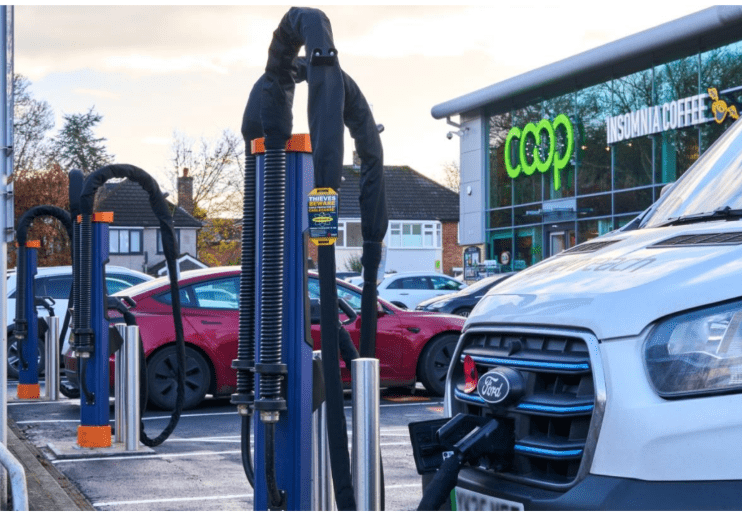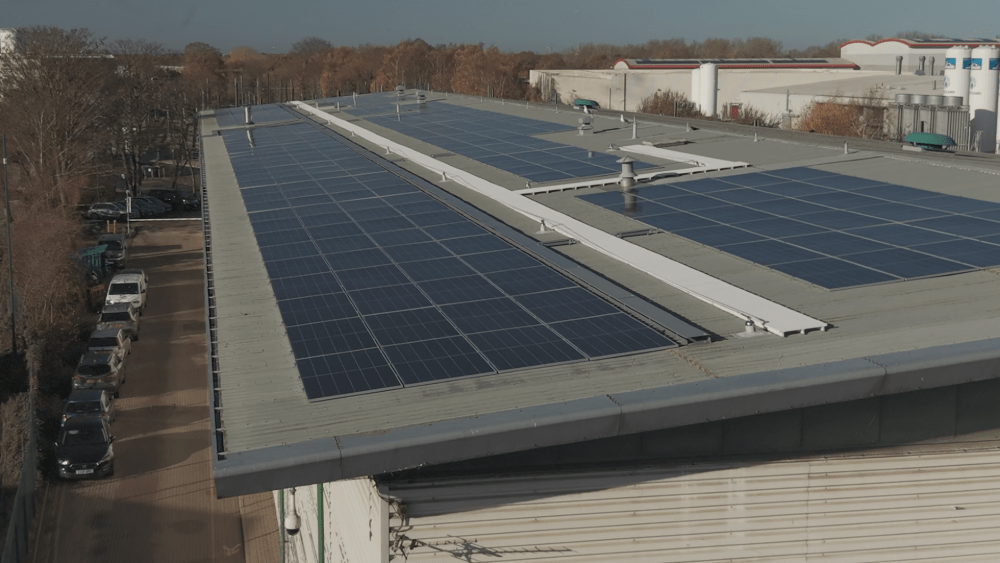Jonathan Carrier, CEO at Allye Energy, looks at the role energy storage will play in helping to provide a decarbonised and reliable grid.
The global power grid is facing unprecedented strain as climate change and extreme weather events intensify. Mid-way through 2023, we’ve already experienced severe storms and intense heatwaves in the United States that have caused widespread power outages and significant infrastructure damage. Meanwhile, Spain and Italy are facing intense heatwaves, triggering a surge in electricity demand for cooling, which is pushing the power system to its limits. These events serve as potent reminders of the urgent need for action.
As demand for electricity is soars, driven by factors like heatwaves, cold spells, and the increasing use of energy-intensive technologies, there is immense pressure on power grids worldwide. Unfortunately, the existing grid infrastructure in many countries around the world, burdened by the weight of this heightened demand, are struggling to keep pace. Aging systems, already facing challenges in normal circumstances, are further strained, resulting in power outages and system failures.
The result is the grid needs massive investment. Early this year, National Grid boss John Pettigrew admitted that Britain’s electricity network needs tens of billions of pounds of investment to hit net zero goals. According to UK Government analysis the UK requires more than 460,000km of new onshore electricity cables by 2050 to transport up to 200 per cent more power. Upgrades to the network could require a total investment of £350 billion.
This comes at a time when the UK and other countries are investing heavily in renewable energy sources including solar and wind power to decarbonise the energy system and urgently address climate change. The integration of renewables, however, presents its own set of challenges for grid stability. Solar and wind energy generation is inherently intermittent, relying on weather conditions. This intermittency necessitates substantial investments in storage technologies, grid management systems, and interconnections to balance the supply and demand of electricity effectively.
In response grid operators worldwide are taking proactive steps. For instance, the National Grid ESO in the United Kingdom is placing its coal contingency unit on standby for winter this year. Discussions with Drax are underway to potentially reactivate coal-fired units at its North Yorkshire plant to prevent winter outages. As early as June this year, the National Grid ESO signalled that its Demand Flexibility Service (DFS) will return this winter, further highlighting the importance of demand-side response in maintaining grid stability.
So where does the grid go from here? How does it expand its capability to deliver clean energy with certainty and efficiency with an infrastructure that requires major investment?
Currently the grid is caught in a vicious cycle. It needs to decarbonise, but the switch to renewables leads to greater intermittency which puts more strain on the grid as it tries to balance supply and demand. Extreme weather exacerbates the challenge with higher demand which is often only met by burning more fossil fuels, pushing us ever further away from our decarbonisation goals and climate targets.
At Allye we believe that energy storage will be a central component of a decarbonised and reliable grid. A significant increase in the deployment of energy storage systems is needed across the electricity value chain to improve resiliency, provide backup power during outages, stabilise the grid, and lower the cost of meeting peak power demand. They are integral to decarbonising the grid, improving grid reliability, and combating climate change.
The energy storage industry has seen unprecedented growth in the last couple of years, at grid scale and residential. However, current deployment levels are several orders of magnitude below the aggregate generation capacity of the grid. So, there’s a long way to go before storage starts realising all its intended benefits.
Batteries in the transmission system can help stabilise the grid during peak periods and eliminate the need for costly gas-fired power plants. They also bridge the gap during extreme weather conditions, helping to stabilise electricity prices and support operational continuity for energy users.
At Allye, we believe energy storage becomes more interesting at the grid edge. At the distribution level, batteries can help DNOs to improve reliability by managing power flows and reducing network capacity constraints. BESS can also help defer or displace costly system upgrades, ensuring more efficient operations. Further down the line, at the end user (or grid-edge), “behind the meter” residential ESS offer an additional lever for balancing energy demand and supply. These residential batteries can be aggregated and dispatched to provide grid support services.
At the grid edge is where Allye will focus. Through its intelligent energy platform and distributed battery systems, Allye will work across the entire electricity system to provide automated demand side response, increased flexibility, and range of services to deliver behind-the-meter ESS at scale, so the whole system can benefit and drive down electricity costs for end users.
By embracing energy storage systems and implementing strategies for grid resilience, we can address the challenges posed by climate change, extreme weather events, and the transition to renewable energy. Allye’s solutions will ensure a more reliable power supply, mitigate risks, and support the transition to a sustainable and resilient energy future.
Image courtesy of Allye.








